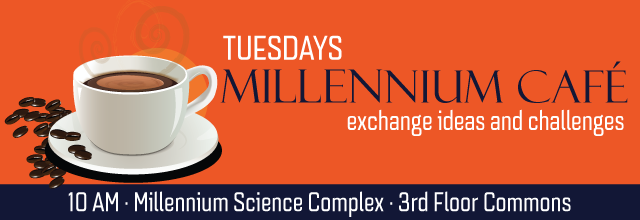
Energy is at the core of human activity and development. Solar energy from traditionally established technologies, such as Si photovoltaics (PV), has played a crucial role in the energy mix for decades: they are resilient, offer about 25 years of service, and do not contaminate water or generate waste. However, the new-generation energy-harvesting technologies suffer from severe degradation, leading to low long-term stability and lifetime. These challenges for organic and perovskite PVs, and efforts to understand and mitigate them, will be highlighted.
Presenter: Nutifafa Y. Doumon | Materials Science and Engineering
